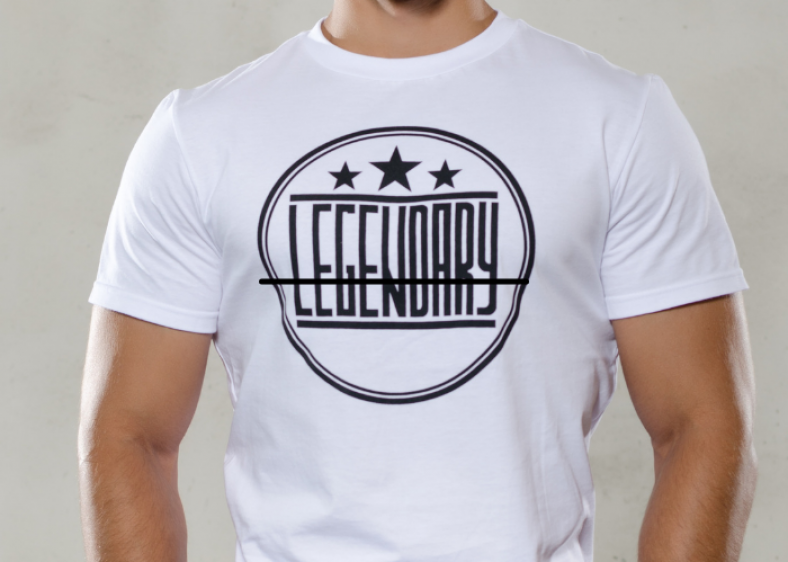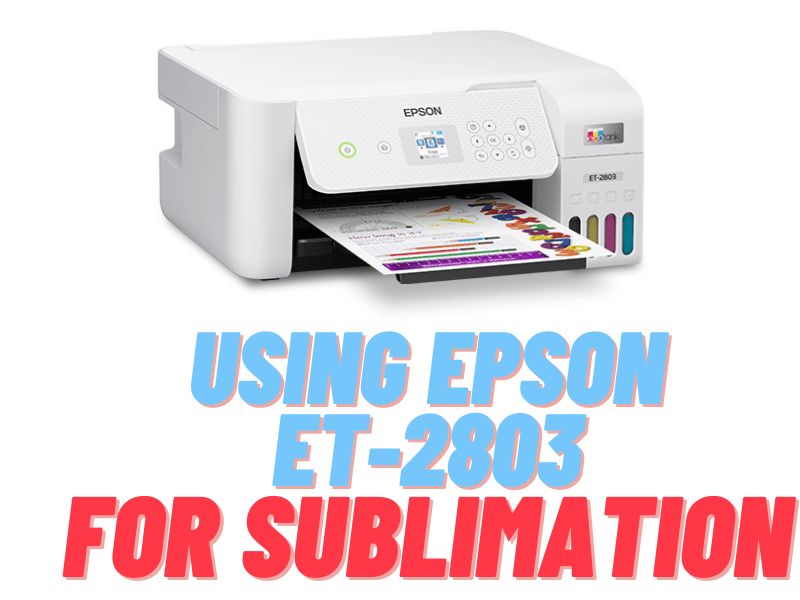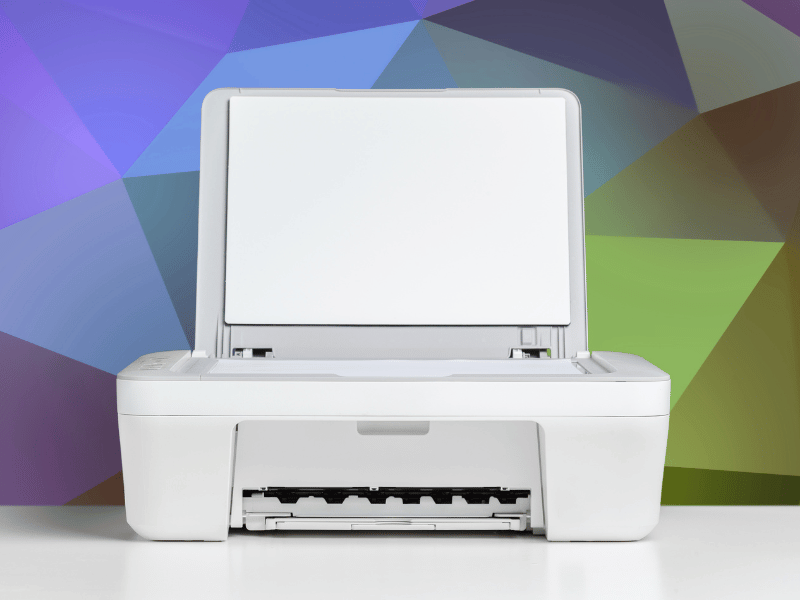DTF printing is an alternative to DTG or sublimation printing. Using a particular type of water-based ink, a film transfer is printed, dried, and then a powdered glue is put to the back and heat cured, ready for storage or immediate use.
DTF stands for direct-to-film printing:

One of the features of DTF is that no pre-treatment is required; the powdered glue accomplishes this for you. The soft water-based ink is applied to the fabric in 15 seconds after being heat pressed. The heat transfer works best on polyester and other non-cotton textiles, which are challenging to print with regular DTG printing.
DTG is primarily developed for cotton clothing; DTF transfer will never replace DTG for cotton printing; nonetheless, it is an excellent option when starting in a company because of the lower capital investment for a stand-alone edition for mass production transfers.
Resolute has been at the forefront of inkjet printing; Direct to film is a thrilling addition to garment decorating that cannot be overlooked. If you’ve avoided DTG printing in the past due to the pre-treatment process necessary when using white ink, DTF breaks this loop by requiring no pre-treatment while still providing the soft hand that water-based ink generates.
Direct Transfer Film printers offer dependability, unrivaled quality, and excellent productivity. They can manage high production numbers, which is critical in this rapidly expanding sector. Unlike DTG technology, Direct to film printers are chosen by most people since they are less expensive and do not require any pre-treatment. To print transfer film with quality, you’ll need DTF powder, sheets, and, of course, ink.
Another advantage of direct to film printing over regular printing is highly environmentally friendly. You do not doubt that the fashion industry is becoming more concerned with sustainability.
The prerequisites for DTF printing do not necessitate a significant expenditure on the user’s part. Whether you are presently involved in one of the digital textile printing processes described above and wish to expand into DTF printing as an extension of your business or start with DTF, you must invest in the following:
- PET films are utilized in the DTF printing process: These films are not the same as those used in screen printing, and these feature a 0.75mm thickness and superior transfer properties. In the market, these are frequently referred to as DTF Transfer Films. DTF films are available as Cut Sheets (which may be utilized on a small scale) and Rolls (used with a commercial setup). Another sort of PET film categorization is dependent on the type of peeling done after the transfer. Based on their temperature, the films are classified as either hot peel or cold peel.
- Operating system: Software is a key component of the process. The Software has a significant impact on the print qualities, ink color performance, and final print performance on the cloth following transfer. DTF transfer would necessitate the use of specialist RIP software capable of handling CMYK and White Colors. The Direct to film Printing program controls the color profile, ink levels, drop sizes, and other aspects that contribute to an ideal print outcome.
- The DTF printing powder is white and works as an adhesive to bond the colorful pigments in print to the fibers in the cloth. The DTF hot melt powder comes in a variety of micron grades. Based on the requirements, a suitable quality should be chosen.
- DTF Printing Inks: These pigment inks are available in Cyan, Magenta, Yellow, Black, and White hues and are specifically developed for use with DTF printers. The White Ink is a unique component that creates a white background on which the colorful pattern will be printed before it is applied to the film.
- Commercial DTF systems employ Automatic Powder Shakers to evenly distribute the powder and to eliminate any leftover powder.
- The curing oven is a compact industrial heating device used to melt the transfer film’s hot-melt powder. This may also be done with a heat press; however, it must be done in a non-contact mode.
The picture printed on the film is transferred to the cloth using the heat press machine. Also, it may be used to melt the DTF film’s hot melt powder.
Direct To Film Printing Advantages and Disadvantages:
Let us examine the advantages and disadvantages of DTF printing.
Advantages of DTF Printing:
- A wide range of textiles may be used with this product
Prior therapy isn’t necessary.
- The washability of these fabrics is excellent.
- The material imparts an extremely light hand feel.
- You need just $1500-$2500 to start this business.
Disadvantages of DTF Printing:
- When contrasted to materials printed via sublimation, the printed regions feel differently.
- Compared to sublimation printing, the brilliance of the colors is a little less.
Conclusion:
DTF printing requires no pretreatment, allowing you to immediately transfer the designs into the cloth and save a significant amount of money. When compared to DTG printing, Direct to film printing is substantially more cost-effective and saves labor.




